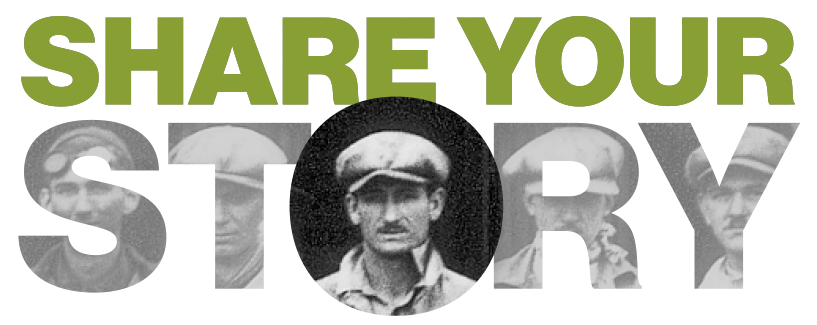In August 1916, George Sherwood, production manager for the J.J. Jones Motor Company in Wichita, Kansas, paid a visit to Clyde V. Cessna at his home near Belmont, Kansas. He proposed that Cessna relocate to Wichita for the express purpose of building, flying and selling airplanes and training pilots. Sherwood was accompanied by members of the Wichita Aero Club who enthusiastically expressed their support.
In September Clyde and his brothers were invited to the prairie city as guests of honor at a banquet hosted by the Aero Club. Newspaper reporters were told that Wichita now had her own aviator, a factory to build monoplanes and plans to operate a training school for pilots. One month later woodworking equipment from Belmont had been moved into Building “I” at the Jones factory located north of the city.

The facility would be used to support the Cessna Exhibition Company and facilitate construction of a new airplane – the first to be built in Wichita and the seventh to bear his name since he began aviating in 1911. In an effort to promote sales of his flying machines, Clyde hatched a bold plan in the summer of 1917: Build another monoplane capable of flying from Wichita to New York City. He firmly believed that an aerial odyssey from the Kansas prairie to New York City was feasible because Clyde already had flown his monoplane (built in 1916) more than 400 miles to perform many exhibitions throughout the state.
Cessna estimated that the flight would require about 18 hours in the air and at least three stops to refuel. If all went well he would land on Manhattan island the same day he departed the Sunflower State (such an ambitious attempt looked good on paper but was highly unlikely to succeed given the technical, weather and infrastructure challenges of the time).
Clyde realized that the new monoplane would require a more powerful engine that would cost about $2000, but despite attempts to raise the funds needed to purchase the powerplant and other equipment, money was not forthcoming. As the cold, Kansas winter closed in, the pioneer aviator was forced to abandon the plan.
In addition to he and his brothers’ disappointment, a young lady named Avis Van Hee shared their sadness. Little is known about Miss Van Hee other than she was reported to have flown as a passenger with the famous Arch Hoxey, an aviator for the Wright Brothers exhibition company. Hopelessly infected with flying fever and a hunger for all things aeronautical, Avis had met Cessna and convinced him to allow her to help construct the first “aeroplane” built in the city.
As the harsh winter gave way to a warm spring, in March 1917 Clyde was receiving dozens of inquiries about his flying school and factory as well as scheduling flying exhibitions at county fairs. Late that month the second airplane built in Wichita was ready for its maiden flight. Dubbed the “Comet,” it featured a small cockpit forward of the pilot’s seat that could accommodate a paying passenger. Unfortunately, when the United States entered World War I in April 1917, by 1918 a majority of civilian flying had been banned because of fuel rationing mandated by the Federal government in support of the war effort.
Although only two airplanes were constructed during 1916 and 1917, Cessna’s tiny “factory” helped ignite Wichita’s insatiable appetite for building flying machines. The walls and roof of that important facility have long since disappeared, but it is still possible to visit the site (once owned by the Coleman Company) and walk on the concrete floor of Building “H” where Cessna operated his flying school and hoped to build and sell monoplanes bearing his name. That dream, however, would not come true for another 10 years.

 Back
Back